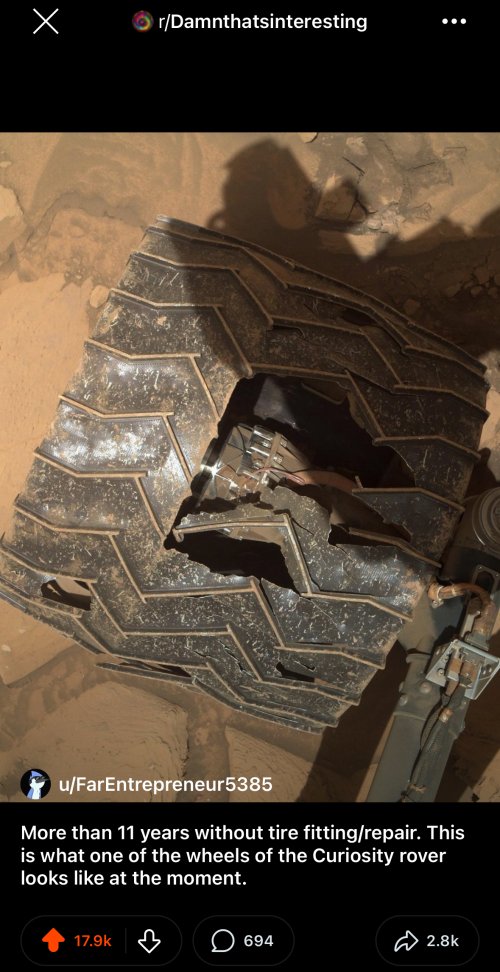- Moderator
- #2,941
- Joined
- Aug 7, 2002
- Messages
- 37,485
- Reaction score
- 49,243
- Age
- 49
Offline
Deep inside Earth is a solid metal ball that rotates independently of our spinning planet, like a top whirling around inside a bigger top, shrouded in mystery.
This inner core has intrigued researchers since its discovery by Danish seismologist Inge Lehmann in 1936, and how it moves — its rotation speed and direction — has been at the center of a decades-long debate. A growing body of evidence suggests the core’s spin has changed dramatically in recent years, but scientists have remained divided over what exactly is happening — and what it means.
Part of the trouble is that Earth’s deep interior is impossible to observe or sample directly. Seismologists have gleaned information about the inner core’s motion by examining how waves from large earthquakes that ping this area behave. Variations between waves of similar strengths that passed through the core at different times enabled scientists to measure changes in the inner core’s position and calculate its spin.









